Emails and telephone calls are often from people who want a cartoon valued. We do not purchase cartoons and therefore cannot give valuations but we do try to advise and if the pieces sounds interesting encourage them to donate it!
Nick Hiley, the Head of the BCA, has been working on the artists’ biographies on the website and is regularly adding new ones and revising the existing ones. These are very popular and cartoonists, in particular, engage with us at this level.
I (Jane Newton, Assistant Head) spend my time working on the catalogue, with over 150,000 records there are always corrections, updates, further cataloguing, new collections to work on. Since we moved the data from the old system to the new website more detail is being added to the records. In particular the copyright holders’ contact details so researchers who wish to publish the cartoons can get permissions directly from them.
I shall try to update the blog more frequently so give me feedback and let me know if there are things about the BCA that you want to know and can’t find on the website!
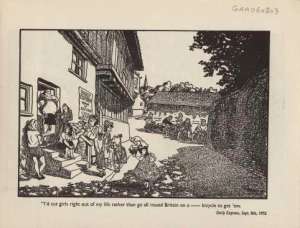
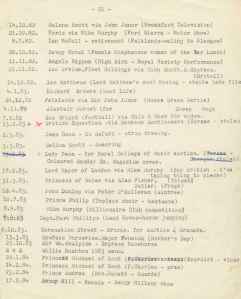
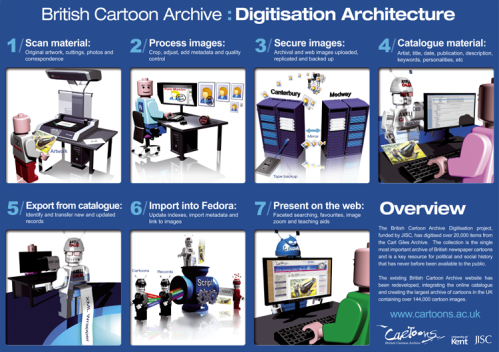

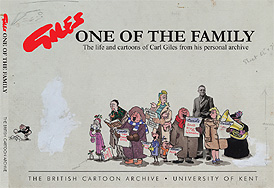
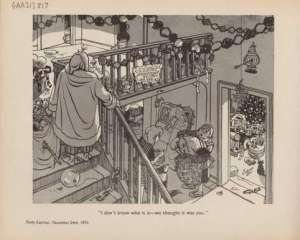

You must be logged in to post a comment.